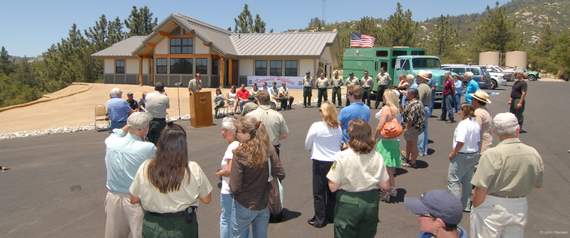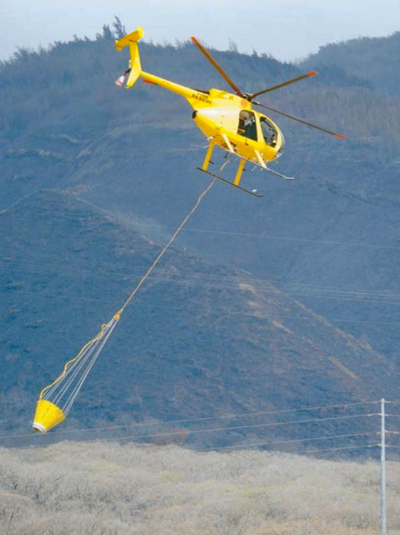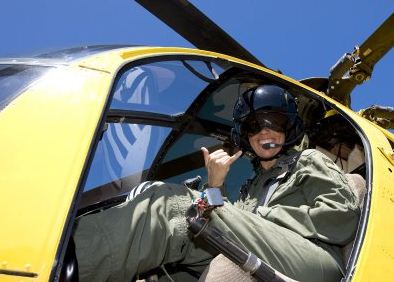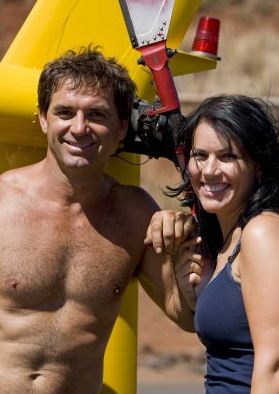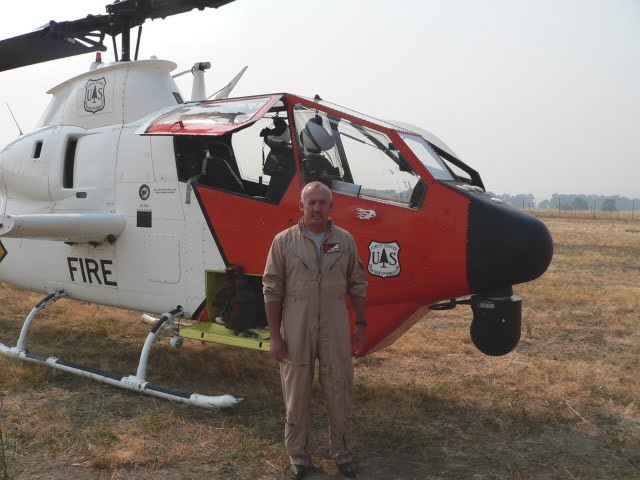
The U.S. Forest Service has two helicopters they call Firewatch Cobras which are retrofitted Bell AH-1 Cobra attack helicopters. The USFS has them outfitted with infrared sensors so that they can be used for close in intelligence support for ground troops, GIS mapping, real time color video, geo-referenced infrared, and infrared downlink. In addition to intelligence gathering, they are also used as a platform for an Air Attack Group Supervisor (ATGS) or a Helicopter Coordinator (HLCO).
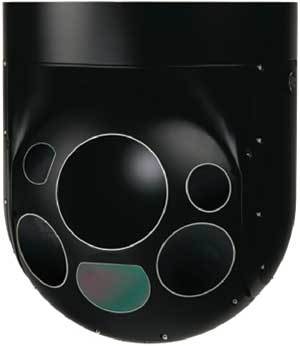
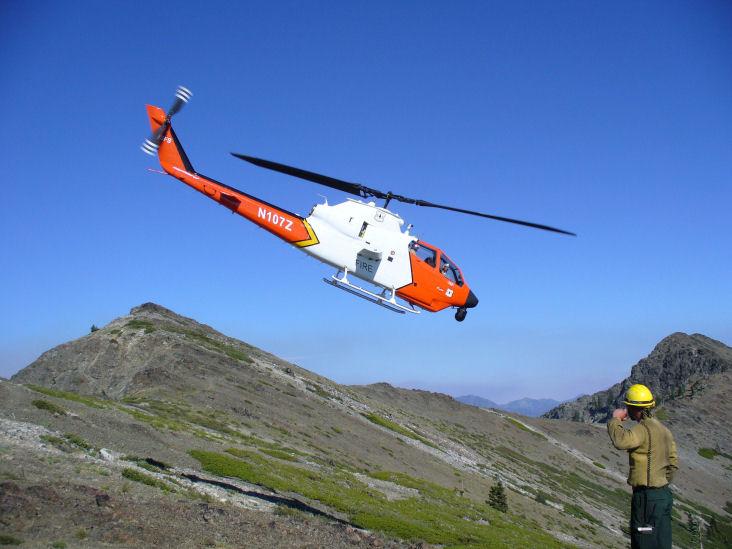
This year one of the ships is based at Redding, California, and the other is just outside of Boise, Idaho at Lucky Peak Helibase. They are owned by the USFS, and staffed by an ATGS, but they are contractor supported and maintained. (Could this be the model for a new fleet of modern, safe, air tankers? Government-owned and contractor supported?)
The helicopter module includes a “Data Van” staffed with a GIS technician who can use the shape files produced on the helicopter to make perimeter maps of the fire. The van is also used for receiving and viewing the downlinked live video feed from the helicopter.
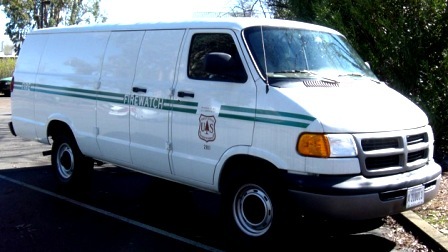
Specifications of the Firewatch Cobras (from the Firewatch Cobra web site)
Propulsion
- Number of Engines: 1 [a newer version currently being used by the Marines has two engines]
- Engine: T53-L-703
- Horsepower: 1800
Performance
- Range: 362 miles
- Cruise Speed: 166 mph
- Max Speed: 219 mph
- Climb Rate: 1,680 feet per minute
- Ceiling: 10,800 feet
N109Z was manufactured in 1969. N107Z was manufactured in 1983.

